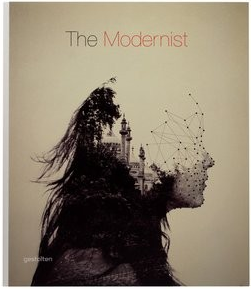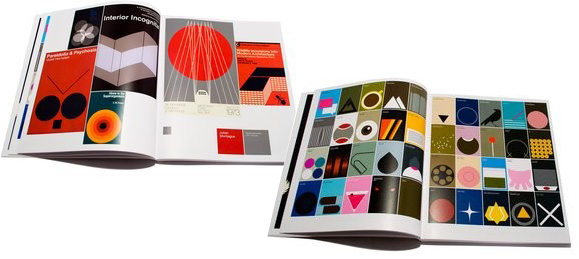PERSONAL INVESTIGATION
This article explain Modernist style in depth and detail and is accompanied by imagery.
Modernism
is a trend of thought which affirms the power of human beings to make, improve and reshape their environment, with the aid of scientific knowledge, technology and practical experimentation. The term covers a variety of political, cultural and artistic movements rooted in the changes in Western society at the end of the 19th century and beginning of the 20th century. Broadly, modernism describes a series of progressive cultural movements in art and architecture, music, literature and the applied arts which emerged in the decades before 1914. Embracing change and the present, modernism encompasses the works of artists, thinkers, writers and designers who rebelled against late 19th century academic and historicist traditions, and confronted the new economic, social and political aspects of the emerging modern world.
is a trend of thought which affirms the power of human beings to make, improve and reshape their environment, with the aid of scientific knowledge, technology and practical experimentation. The term covers a variety of political, cultural and artistic movements rooted in the changes in Western society at the end of the 19th century and beginning of the 20th century. Broadly, modernism describes a series of progressive cultural movements in art and architecture, music, literature and the applied arts which emerged in the decades before 1914. Embracing change and the present, modernism encompasses the works of artists, thinkers, writers and designers who rebelled against late 19th century academic and historicist traditions, and confronted the new economic, social and political aspects of the emerging modern world.
Lessons From Swiss Style Graphic Design
Also known as International Style, theSwiss Style does not simply describe a style of graphic design made in Switzerland. It became famous through the art of very talented Swiss graphic designers, but it emerged in Russia, Germany and Netherlands in the 1920’s. This style in art, architecture and culture became an ‘international’ style after 1950’s and it was produced by artists all around the globe. Despite that, people still refer to it as the Swiss Style or the Swiss Legacy.
This progressive, radical movement in graphic design is not concerned with the graphic design in Switzerland, but rather with the new style that had been proposed, attacked and defended in the 1920s in Switzerland. Keen attention to detail, precision, craft skills, system of education and technical training, a high standard of printing as well as a clear refined and inventive lettering and typoraphy laid out a foundation for a new movement that has been exported worldwide in 1960s to become an international style













Leave your comment